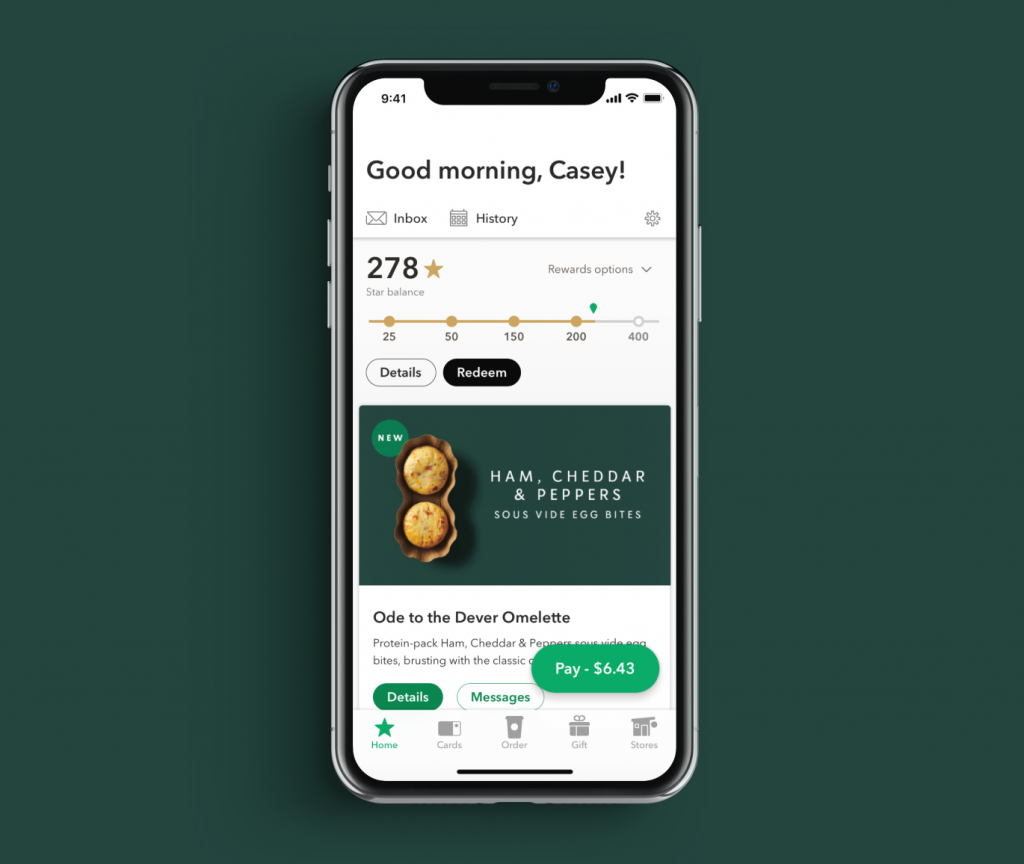The Demise of Brand Loyalty and the Rise of Gamification in Consumer Engagement
May 2, 2023
Introduction: Customer Engagement Marketing
This article explores fresh customer engagement strategies given the decline of brand loyalty. With a competitive market and a flood of information, consumers are less brand-loyal. Certainly, companies need innovative ways to engage and retain audiences. One such method, gamification, uses game elements in non-gaming contexts to enhance engagement and loyalty.
The Decline of Brand Loyalty
Several factors contribute to the decline in brand loyalty, including:
-
Information Overload: The internet has made it easier for consumers to access information about products and services, enabling them to make more informed decisions. As a result, they are less likely to stick to a single brand and more likely to explore new options.
-
Increased Competition: With a plethora of brands vying for consumers’ attention, it is becoming increasingly difficult for companies to differentiate themselves from competitors.
-
The Rise of the Conscious Consumer: Today’s consumers are more ethically and environmentally aware, leading them to seek out brands that align with their values. As these values change, so too do their brand preferences.
The Power of Gamification
In response to the decline in brand loyalty, companies are compelled to discover fresh strategies to captivate and preserve their audience. Consequently, gamification emerges as an innovative solution. By leveraging the motivational, entertaining, and educational aspects of games, it can effectively engage consumers.
The Benefits of Gamification
-
Enhanced Engagement: Gamification taps into the human desire for competition, rewards, and social interaction, leading to increased user engagement and more time spent interacting with a brand.
-
Emotional Connections: Games elicit emotions such as excitement, curiosity, and satisfaction, creating positive associations with a brand and fostering a deeper emotional connection.
-
Customer Retention: Gamified experiences keep customers engaged and motivated to continue using a product or service, thereby increasing customer retention rates.
-
Viral Potential: Successful gamification campaigns can spread organically through social media as users share their experiences and achievements with friends, expanding a brand’s reach.
-
Data Collection: Gamification allows companies to collect valuable data on customer preferences, behaviors, and demographics, which can be used to tailor future marketing efforts and product offerings.
Examples of Successful Gamification Campaigns
-
Starbucks: Firstly, Starbucks Rewards is a loyalty program that incorporates gamification elements such as points, levels, and badges. Members earn stars for purchases, which can be redeemed for free drinks and food items, encouraging repeat business and building loyalty.

-
Nike: Secondly, Nike+ Run Club is an app that allows users to track their runs, set goals, and compete with friends. The gamified experience keeps users motivated to exercise and stay engaged with the Nike brand.

-
M&M’s: Lastly, in the “Eye Spy Pretzel” campaign, M&M’s hid a pretzel in an image filled with M&M’s and challenged fans to find it. The campaign went viral, generating millions of views and increasing the brand’s social media presence.

Conclusion
Brand loyalty is dwindling, pushing companies to adapt. Gamification, a tool for immersive experiences, can boost customer loyalty. Incorporating game-like elements in marketing helps companies outpace competitors and secures future success.
4
Recent posts

